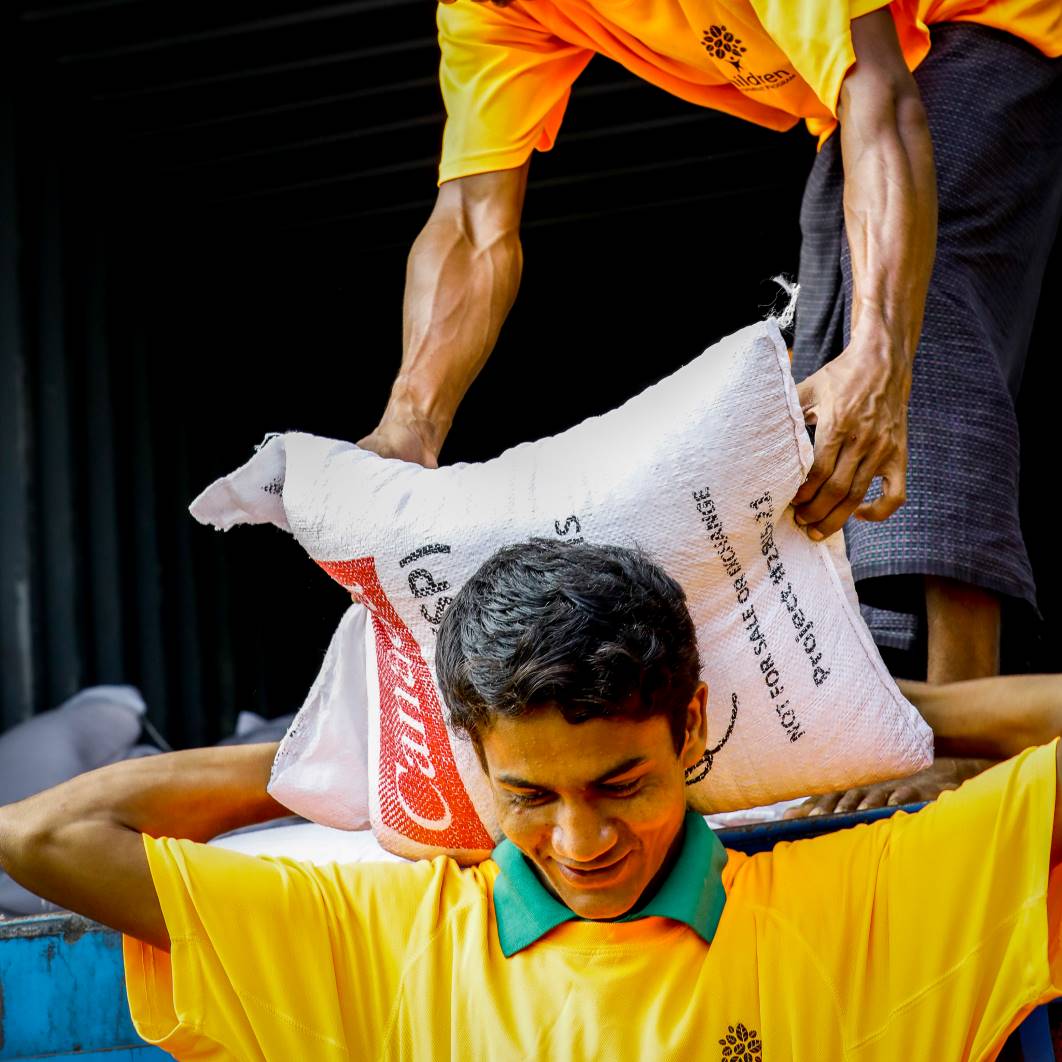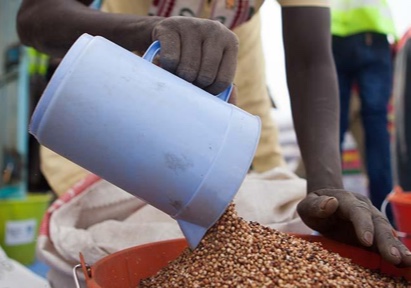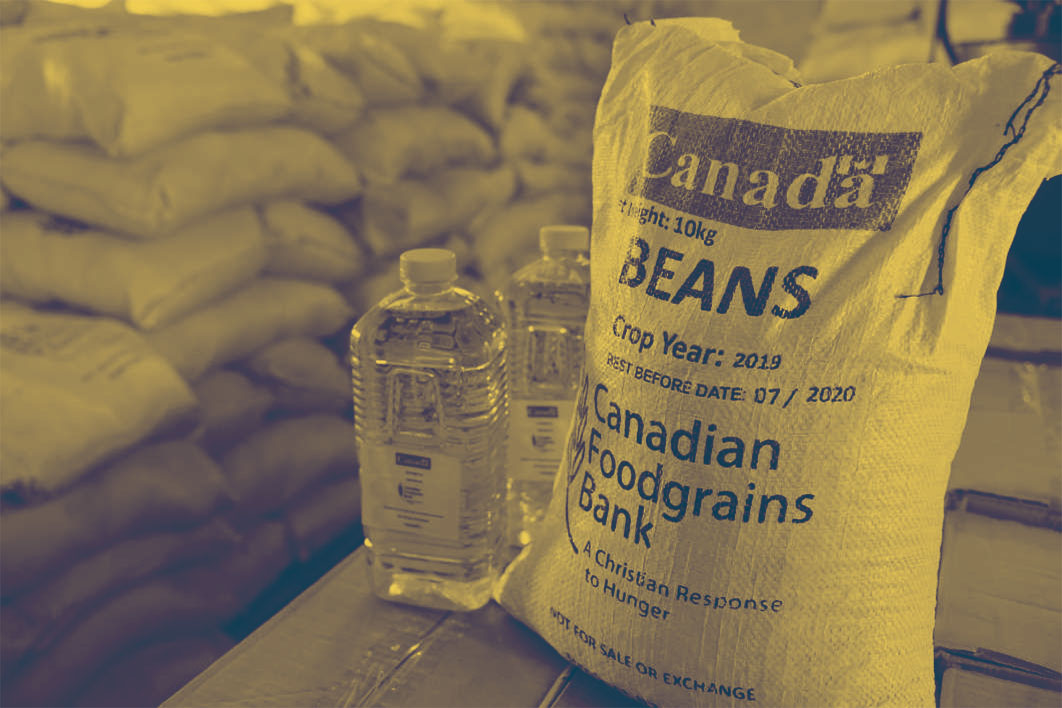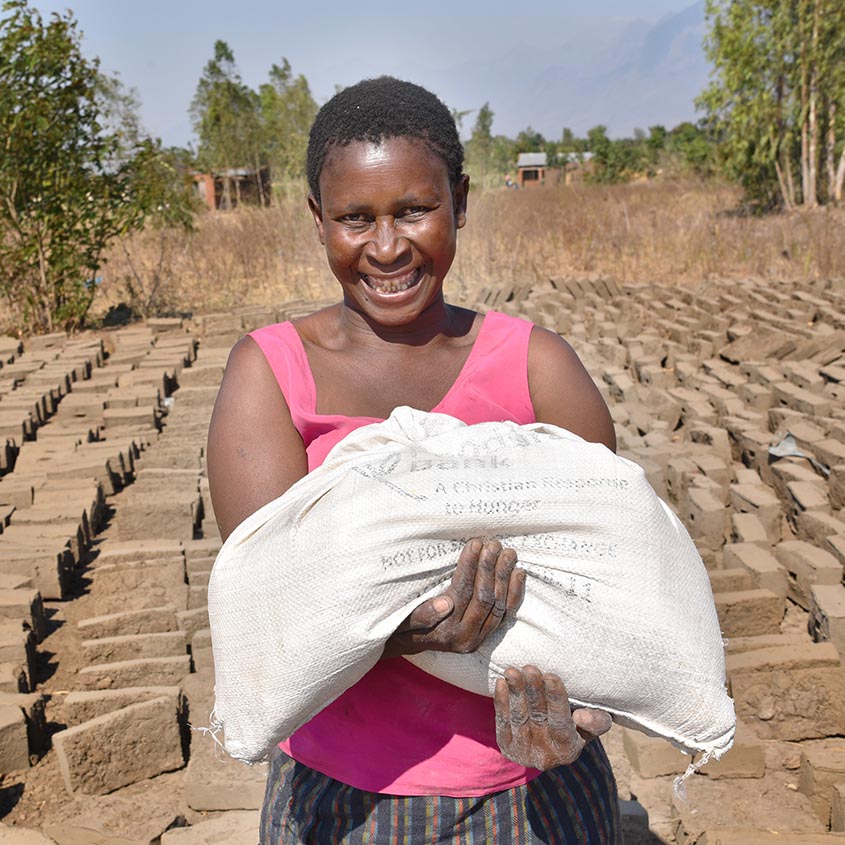Emergency Food Assistance

Responding to hunger in times of emergency
Violent conflict, climate change, political upheaval, natural disasters and economic disruptions cause humanitarian crises that lead to millions of people facing hunger every year. Accessing food becomes a major challenge when fleeing for safety, living through drought, or trying to recover from a powerful cyclone. Our emergency food and nutrition assistance provide families with needed support to survive and recover from the hardships caused by circumstances like these.
Women and children often suffer the most in times of crisis. Where appropriate, emergency food assistance projects—led by one or more of our members —provide fortified food to ensure pregnant and nursing mothers and young children can access the nutrients they need to survive.

Food assistance
Food assistance can be delivered in many different ways. Food rations are often distributed directly to people who need it. Other times vouchers or cash are given to people in need so that they can get food from the local market.
Each situation is unique; the Foodgrains Bank works closely with its members and their overseas partners to determine the most appropriate form of assistance for each specific context.



